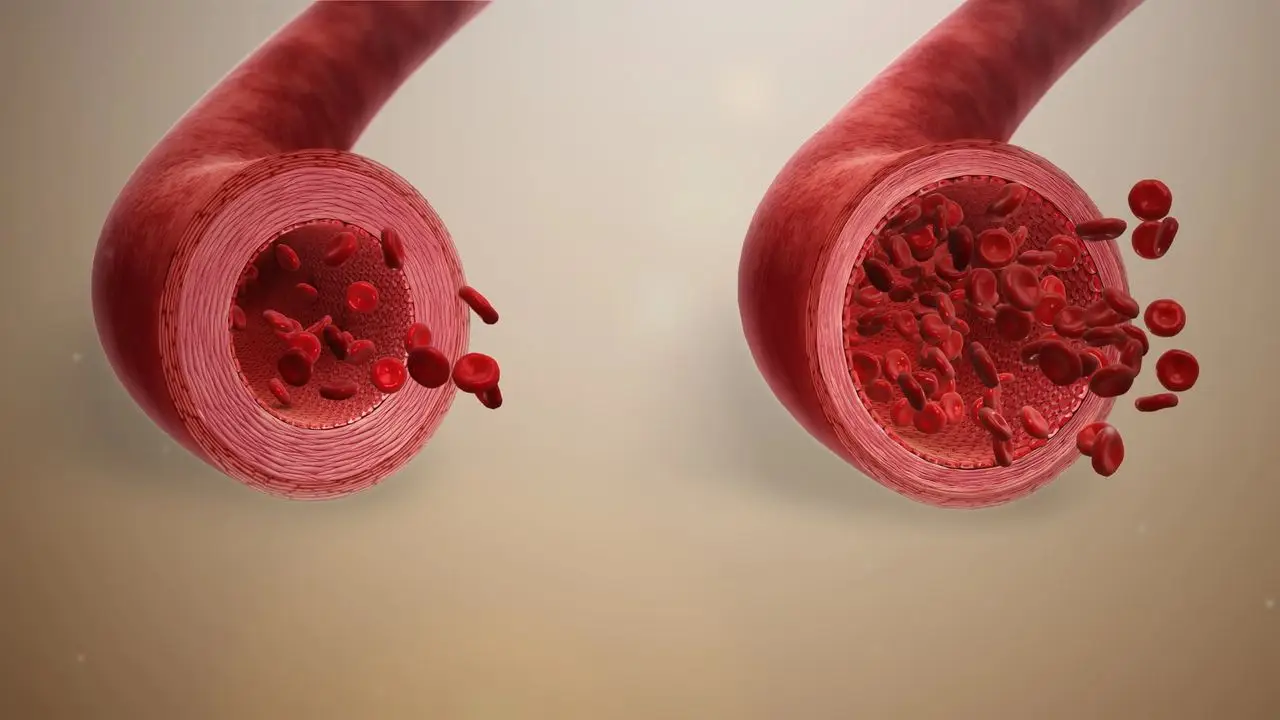The Transformative Impact of Isocapnic Respiratory Training
In the pursuit of elevated physical performance and well-being, the Isocapnic Breathe Way Better emerges as an innovative respiratory training tool. Engineered to maintain normalized blood gases during focussed respiratory muscle training, this device facilitates controlled rebreathing of CO2, unlocking a multitude of benefits for the respiratory system and the entire body. In this exploration, we delve into the physiology behind the company to understand how controlled CO2 exposure can revolutionize respiratory health and, consequently, overall athletic performance.
The Significance of CO2 in the Body

Carbon dioxide (CO2), often overshadowed by oxygen in respiratory health discussions, is one of the body’s most critical molecules. Referred to as the most powerful hormone in the body by experts, CO2 plays a central role in regulating various physiological processes, including acid-base balance, blood flow control, and the modulation of oxygen release from hemoglobin.
Isocapnic Breathing: A Revolutionary Approach
The Isocapnic Breathe Way Better distinguishes itself by offering a controlled and systematic approach to respiratory training. Unlike traditional methods, Isocapnic breathing allows individuals to breathe harder and faster without the inherent risks of hyperventilation. The device achieves this by maintaining a delicate balance in blood gases, ensuring that CO2 levels remain within an optimal range.
Benefits for Endurance and Power Sports
Isocapnic Training is not just for the endurance athletes, for enthusiasts of power sports like CrossFit and hockey, mastering respiratory efficiency is a game-changer. Isocapnic breathing becomes a valuable ally in this pursuit, offering several advantages:
1. Enhanced Endurance and Performance:
By optimizing CO2 levels, Isocapnic breathing enables athletes to sustain higher intensity workouts for longer durations, ultimately enhancing endurance and performance. The fitness of the respiratory system significantly influences energy levels and fatigue resistance. If the respiratory system is well-conditioned, early fatigue is less likely, preserving performance during demanding activities.
2. Improved Recovery:
Controlled hypercapnic exposure with the Isocapnic Breathe Way Better has shown remarkable benefits in athletic recovery. This method increases oxygenated blood flow to traumatized tissues, expediting the healing process. Notably, these advantages extend beyond sports to aid in post-surgery recovery.
3. Enhanced Coordination and Decision Making:

Hypercapnic exposure plays a pivotal role in desensitizing the body during moments of elevated CO2. By subjecting individuals to controlled increases in CO2, the respiratory system adapts, creating a form of desensitization. This process recalibrates the body’s reaction to elevated CO2, curbing the panic response. Individuals undergoing hypercapnic exposure with the Isocapnic Breathe Way Better experience heightened epithelial cell response, fostering increased tolerance to CO2 fluctuations. This heightened tolerance enables a more composed physiological response, enhancing control over motor patterns and decision-making during challenging situations.
4. Increase Effective Training Volume:
Integrating Breathe Way Better sessions into a training program allows for targeted respiratory workouts without excessive stress on other systems. This innovative approach elevates the breaking point in athletic performance, offering benefits such as increased cardiac output, improved peripheral oxygenation, and heightened CO2 tolerance.
5. Improved VO2 Max:
Training the respiratory system with the Breathe Way Better results in a greater functional range of motion, strength of respiration, and coordination of muscles. This combination allows individuals to move more air with less effort, contributing to increased oxygen delivery to peripheral tissues, and resulting in a higher VO2 max.
Scientific Mechanisms at Play
The magic of Isocapnic breathing lies in its ability to induce controlled hypercapnia. This exposure triggers physiological responses that positively impact respiratory function and overall health:
1. Vasodilation:

Elevated CO2 levels promote vasodilation, widening blood vessels to enhance blood flow, delivering more oxygen and nutrients to muscles and tissues.
2. Bohr Effect:
Isocapnic breathing exploits the Bohr effect, facilitating the release of oxygen from hemoglobin in the presence of increased CO2. This ensures optimal oxygen supply to the body’s cells.
3. Mitochondrial Biogenesis:
Controlled hypercapnia links to increased mitochondrial biogenesis, contributing to improved cellular energy production.
4. Metaboreflex Suppression:
By improving the muscular condition of the respiratory system, Isocapnic breathing reduces the resources needed for breathing, allowing these resources to be redirected to peripheral working muscles, thereby enhancing overall performance.
The Isocapnic Breathe Way Better stands as a beacon of innovation in respiratory training. Its scientific and systematic approach to optimizing breathing patterns, coupled with the transformative impact of controlled CO2 rebreathing, not only enhances athletic performance but also holds promise in recovery and overall well-being.



